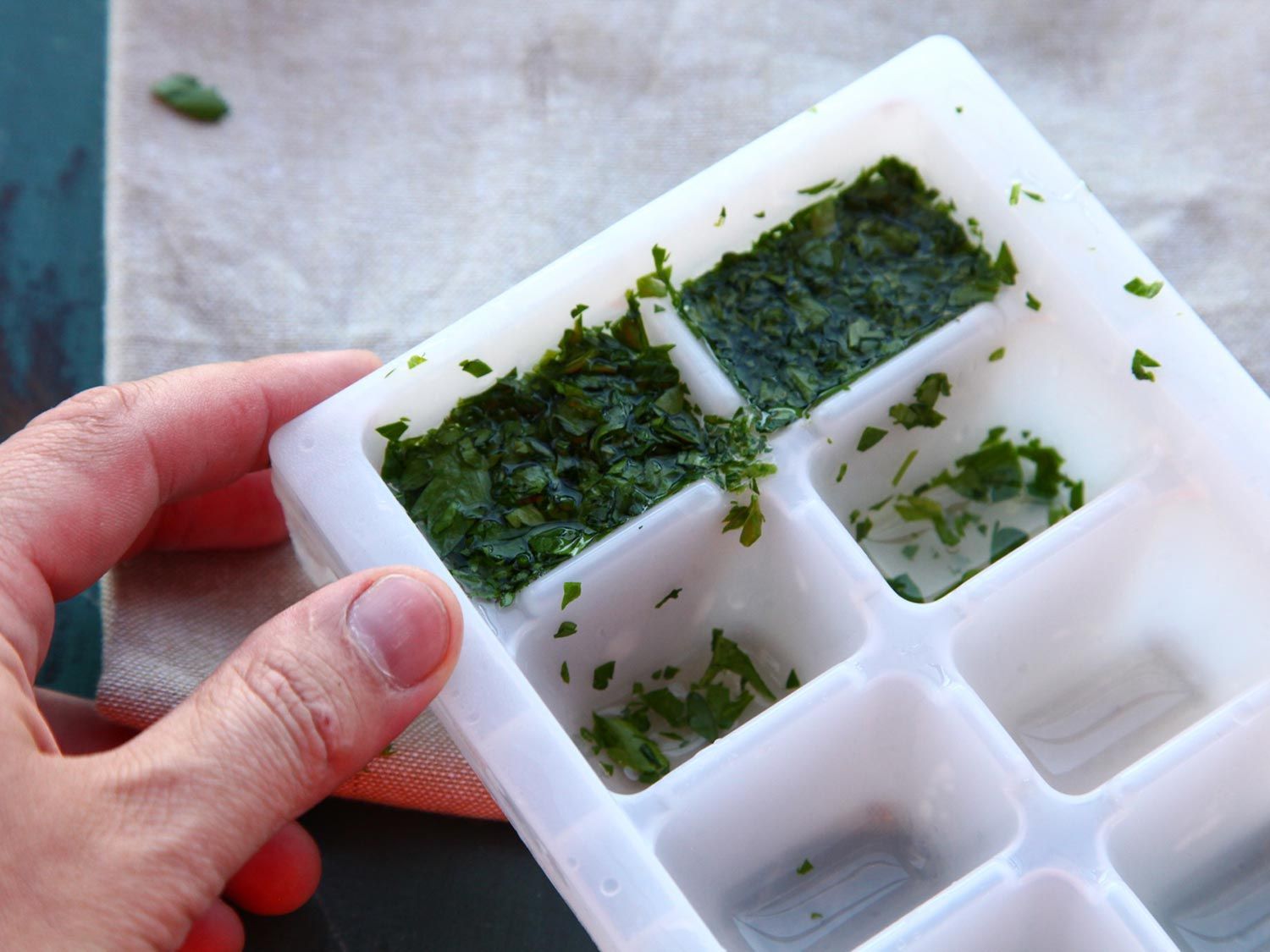

Articles
How To Store Fresh Basil In The Freezer
Modified: August 25, 2024
Learn how to store fresh basil in the freezer with this helpful guide. Keep your herbs fresh for longer and have them on hand whenever you need them.
(Many of the links in this article redirect to a specific reviewed product. Your purchase of these products through affiliate links helps to generate commission for Storables.com, at no extra cost. Learn more)
Introduction
When it comes to preserving the vibrant flavor of fresh herbs, freezing is a popular and effective method. And one herb that can greatly benefit from the freezing process is basil. Known for its aromatic scent and versatile uses in culinary dishes, basil adds a delightful touch to many recipes.
Freezing fresh basil allows you to enjoy its fragrant essence all year round, even when it’s not in season. Whether you have an abundance of basil in your garden or you simply want to take advantage of a sale at the grocery store, learning how to properly store fresh basil in the freezer will ensure you never waste this precious herb again.
In this article, we will explore the benefits of freezing fresh basil, the steps to prepare basil for freezing, and how to store and use frozen basil effectively. So, let’s dive in and discover the secrets to preserving the vibrant flavor of basil for future culinary delights!
Key Takeaways:
- Preserve the vibrant flavor and aroma of fresh basil year-round by freezing it. Enjoy the convenience, cost-effectiveness, and reduced food waste while adding a burst of freshness to your favorite dishes.
- Follow simple steps to prepare, blanch, and flash freeze basil for optimal preservation. Store it in freezer bags, and explore creative ways to use frozen basil in various recipes.
Read more: How To Store Fresh Basil And Mint
Benefits of Freezing Fresh Basil
Freezing fresh basil comes with a multitude of benefits that make it a preferred method of preservation for many herb enthusiasts. Here are some of the key advantages:
- Preserves Freshness: Freezing basil locks in its vibrant color, aroma, and flavor. By freezing basil at its peak freshness, you can enjoy the same intensity of taste and aroma as when it was freshly picked.
- Extended Shelf Life: Fresh basil has a relatively short shelf life. However, by freezing it, you can extend its usability for up to six months or even longer, allowing you to enjoy the herb even during the off-season.
- Convenient Availability: Having frozen basil on hand means that you always have access to this versatile herb. It eliminates the need to run to the grocery store or grow it yourself when you need basil for your favorite recipes.
- Cost-effective Solution: Buying a large quantity of fresh basil and freezing it is a cost-effective way to enjoy this flavorful herb throughout the year. It saves money compared to purchasing small amounts of fresh basil more frequently.
- Versatile Usage: Frozen basil can be used in a wide range of dishes, such as soups, stews, sauces, salads, and more. It retains its flavor and aroma, making it a perfect addition to any recipe that calls for fresh basil.
- Reduces Food Waste: By freezing basil, you can prevent it from going bad before you have the chance to use it. It’s a great way to reduce food waste and make the most of your fresh herbs.
Now that you know the benefits of freezing fresh basil, let’s explore the steps to properly prepare basil for freezing.
Preparing Basil for Freezing
Before freezing fresh basil, it is important to properly prepare it to ensure optimal preservation and flavor retention. Here are the steps to follow:
- Harvesting: Pick the basil leaves from the plant just before they start to wilt. Choose leaves that are healthy, free from any blemishes or discoloration.
- Cleaning: Thoroughly wash the basil leaves under cool running water to remove any dirt, debris, or pests. Gently pat them dry with a kitchen towel or use a salad spinner to remove excess moisture.
- Trimming: To remove any tough stems or woody parts, trim the basil leaves. You can discard the stems or save them for other uses like making herb-infused oils or vinegars.
- Chopping: Decide whether you want to freeze whole leaves or chop them into smaller pieces. Chopping the leaves can make it easier to use the basil in various dishes later on.
- Blanching (optional): While not necessary, blanching basil can help preserve its vibrant green color and flavor. Blanching involves briefly immersing the basil leaves in boiling water, followed by quickly submerging them in ice water to stop the cooking process. This step is particularly useful if you plan to use the basil in recipes where color is important, such as pesto.
By following these steps, you will have fresh basil that is ready to be frozen and enjoyed throughout the year. In the next section, we will explore the process of blanching basil in more detail.
Blanching Basil
Blanching basil is an optional step that can help preserve its vibrant green color and fresh flavor. While it is not necessary, it is a recommended technique, especially if you plan to use the basil in recipes where the color is important, such as pesto or garnishes. Here’s how to blanch basil:
- Prepare an Ice Bath: Fill a large bowl with ice and cold water. Set it aside while you blanch the basil.
- Boil Water: Fill a pot with water and bring it to a rolling boil.
- Blanch the Basil: Carefully place the basil leaves into the boiling water and allow them to cook for about 5 to 10 seconds. The goal is to quickly soften the leaves without fully cooking them.
- Transfer to Ice Bath: Using a slotted spoon or tongs, immediately transfer the blanched basil leaves from the boiling water to the prepared ice bath. This will stop the cooking process and help preserve the vibrant green color.
- Drain and Dry: Once the basil leaves have cooled in the ice bath, remove them and gently pat them dry with a kitchen towel or paper towels. Make sure to remove any excess moisture from the leaves before freezing.
Blanching basil helps to inhibit enzyme activity and preserve its fresh flavor and color. However, if you prefer to skip this step, you can still freeze basil without blanching. The choice is yours!
Now that you have blanched (or skipped blanching) the basil leaves, it’s time to move on to the next step: flash freezing.
Flash Freezing Basil
Flash freezing is a crucial step in freezing basil to prevent the leaves from sticking together and forming a solid clump. This method ensures that you can easily portion out and use the desired amount of basil without thawing the entire batch. Here’s how to flash freeze basil:
- Prepare a Baking Sheet: Line a baking sheet with parchment paper or a silicone mat. This will prevent the basil leaves from sticking to the surface and making them easier to remove later.
- Arrange the Basil Leaves: Place the basil leaves in a single layer on the prepared baking sheet. Make sure they are not touching or overlapping to allow for even freezing.
- Freeze the Basil: Transfer the baking sheet with the basil leaves to the freezer. Let them freeze for at least 2 to 3 hours or until they are completely solid.
- Check for Firmness: Once the basil leaves are frozen, gently touch one leaf to ensure it is firm and no longer pliable. This indicates that they are fully frozen and ready for the next step.
- Remove and Package: Take the frozen basil leaves off the baking sheet. Place them in an airtight freezer-safe container or freezer bags. Label the containers with the date to keep track of their freshness.
Flash freezing individual basil leaves ensures that they remain separate and prevents them from clumping together. This way, you can easily grab a few leaves or the desired amount without thawing the whole batch. Now that you have flash-frozen the basil leaves, let’s move on to storing them in the freezer.
To store fresh basil in the freezer, first wash and dry the leaves thoroughly. Then, chop or puree the basil and place it in an ice cube tray with a little water or olive oil. Once frozen, transfer the cubes to a resealable plastic bag for easy use in recipes.
Read more: How To Store Fresh Picked Basil
Storing Basil in Freezer Bags
Freezer bags are a convenient and practical way to store frozen basil. They help protect the basil from freezer burn and allow for easy portioning. Here’s how to store basil in freezer bags:
- Label the Freezer Bags: Before you start, label the freezer bags with the date and quantity of basil you are storing. This will help you keep track of the freshness and easily identify the contents.
- Transfer the Basil: Take the frozen basil leaves and place them in the labeled freezer bags. Squeeze out any excess air from the bags before sealing them tightly. Alternatively, you can use a vacuum sealer to remove the air for even better preservation.
- Portioning: If you anticipate using specific amounts of basil in your recipes, consider portioning them beforehand. For example, you can separate the basil into tablespoon-sized portions or measure them according to your preference.
- Sealing and Storing: Once you have portioned the basil and sealed the bags, make sure they are tightly closed to prevent any air or moisture from seeping in. Place the bags flat in the freezer to maximize space and allow for easy stacking.
- Freezer Shelf Life: Frozen basil can typically be stored in the freezer for up to six months. However, for the best flavor and quality, try to use it within three to four months.
By storing basil in freezer bags, you can conveniently grab the desired amount of basil whenever you need it. It eliminates the need to thaw the entire batch and allows you to enjoy the fresh flavor of basil in your dishes year-round.
Now that you have successfully stored the basil in freezer bags, let’s move on to exploring the various ways to use frozen basil in your recipes.
Using Frozen Basil
Using frozen basil is a simple and convenient way to add the fresh flavor of this herb to your dishes, even when it’s not in season. Here are some ideas for utilizing frozen basil:
- In Soups and Stews: Add frozen basil directly to your favorite soups and stews as they cook. The heat will thaw and infuse the dishes with the delicious basil flavor.
- In Sauces and Dressings: Blend or chop frozen basil into sauces, dressings, or marinades to add a burst of freshness. Be sure to mix it well until it is fully incorporated.
- In Stir-Fries and Sautes: Toss frozen basil into hot stir-fries or sautéed dishes towards the end of cooking. The heat will quickly thaw the basil, releasing its aroma and enhancing the flavors.
- In Pesto: Thaw a portion of frozen basil and use it to make homemade pesto. Simply combine the basil with garlic, pine nuts, Parmesan cheese, and olive oil in a food processor until smooth.
- In Baked Goods: If you enjoy the combination of sweet and savory flavors, try adding chopped frozen basil to bread, muffin, or biscuit dough. It can provide a unique twist to your baked goods.
- In Infused Oils and Vinegars: Take advantage of the frozen basil by infusing it into oils or vinegars. Thaw a few leaves in the liquid of your choice and let it sit for a week or two for the flavors to meld together.
Remember, frozen basil may have a slightly softer texture than fresh basil. However, its flavor and aroma will still infuse your dishes beautifully. Experiment with different recipes and find the best ways to incorporate frozen basil in your cooking.
Now that you have learned how to use frozen basil, let’s explore some tips and tricks to help you get the most out of your frozen herb.
Tips and Tricks for Freezing Basil
To ensure the best results when freezing basil, here are some handy tips and tricks to keep in mind:
- Use Fresh Basil: Start with fresh, high-quality basil leaves for optimal flavor and aroma. Avoid using leaves that are wilted, discolored, or damaged.
- Choose the Right Container: Use airtight freezer bags or containers specifically designed for freezing to prevent freezer burn and maintain the quality of the basil.
- Label Your Packages: Always label your freezer bags or containers with the date and quantity of basil you’re storing. This will help you keep track of freshness and ensure you use the oldest basil first.
- Divide into Portions: Consider portioning the basil before freezing. That way, you can easily grab the desired amount without thawing the entire batch.
- Minimize Exposure to Air: When filling freezer bags, remove as much air as possible to prevent oxidation and freezer burn. You can use a straw or the water displacement method to remove excess air from the bags.
- Flash Freeze Individual Leaves: Flash freezing individual basil leaves on a baking sheet before transferring them to freezer bags will make it easier to separate and use them in your recipes.
- Consider Blanching: Blanching basil can help preserve its vibrant color and flavor. However, it is an optional step, and you can still freeze basil without blanching.
- Organize Your Freezer: Keep your frozen basil in a designated section of the freezer to easily locate and access it when needed.
- Use Frozen Basil Within Time: Frozen basil can typically be stored for up to six months. However, for the best flavor and quality, try to use it within the first three to four months.
By following these tips and tricks, you can ensure that your frozen basil retains its flavor, aroma, and vibrant green color. Experiment with different methods and find the approach that works best for you.
Now that you have a wealth of knowledge on freezing basil, it’s time to put it into practice and enjoy the fresh flavor of basil in your dishes, no matter the season!
Conclusion
Freezing fresh basil is a fantastic way to preserve its vibrant flavor and aroma for future use. By following the steps outlined in this article, you can store basil in the freezer and enjoy its freshness all year round. Whether you’re growing basil in your garden or taking advantage of a bulk purchase, freezing basil allows you to conveniently access this versatile herb whenever you need it.
The benefits of freezing basil include preserving its freshness, extending its shelf life, and ensuring convenient availability. By freezing basil, you can save money, reduce food waste, and enjoy the taste of this aromatic herb in various dishes. From soups and stews to sauces and dressings, frozen basil can enhance the flavor profile of your favorite recipes.
Remember to properly prepare the basil by washing, trimming, and blanching if desired. Flash freeze the basil leaves on a baking sheet before transferring them to freezer bags or containers. Label your packages and organize your freezer to easily locate the basil when needed.
When using frozen basil, simply add it to your dishes while cooking or thaw it for other uses like making pesto or infusing oils and vinegars. The convenience and versatility of frozen basil make it a valuable addition to your culinary repertoire.
By implementing the tips and tricks shared in this article, you can ensure the best results when freezing basil. Fresh basil can be a fleeting herb, but with the freezing method, you can enjoy its vibrant flavor and aroma throughout the year.
So go ahead, harvest, prepare, and freeze that beautiful basil. Embrace the opportunity to savor the tastes of summer in your dishes, even when the snow is falling outside. With frozen basil at your fingertips, your culinary creations will always have a touch of freshness and aromatic charm.
Frequently Asked Questions about How To Store Fresh Basil In The Freezer
Was this page helpful?
At Storables.com, we guarantee accurate and reliable information. Our content, validated by Expert Board Contributors, is crafted following stringent Editorial Policies. We're committed to providing you with well-researched, expert-backed insights for all your informational needs.
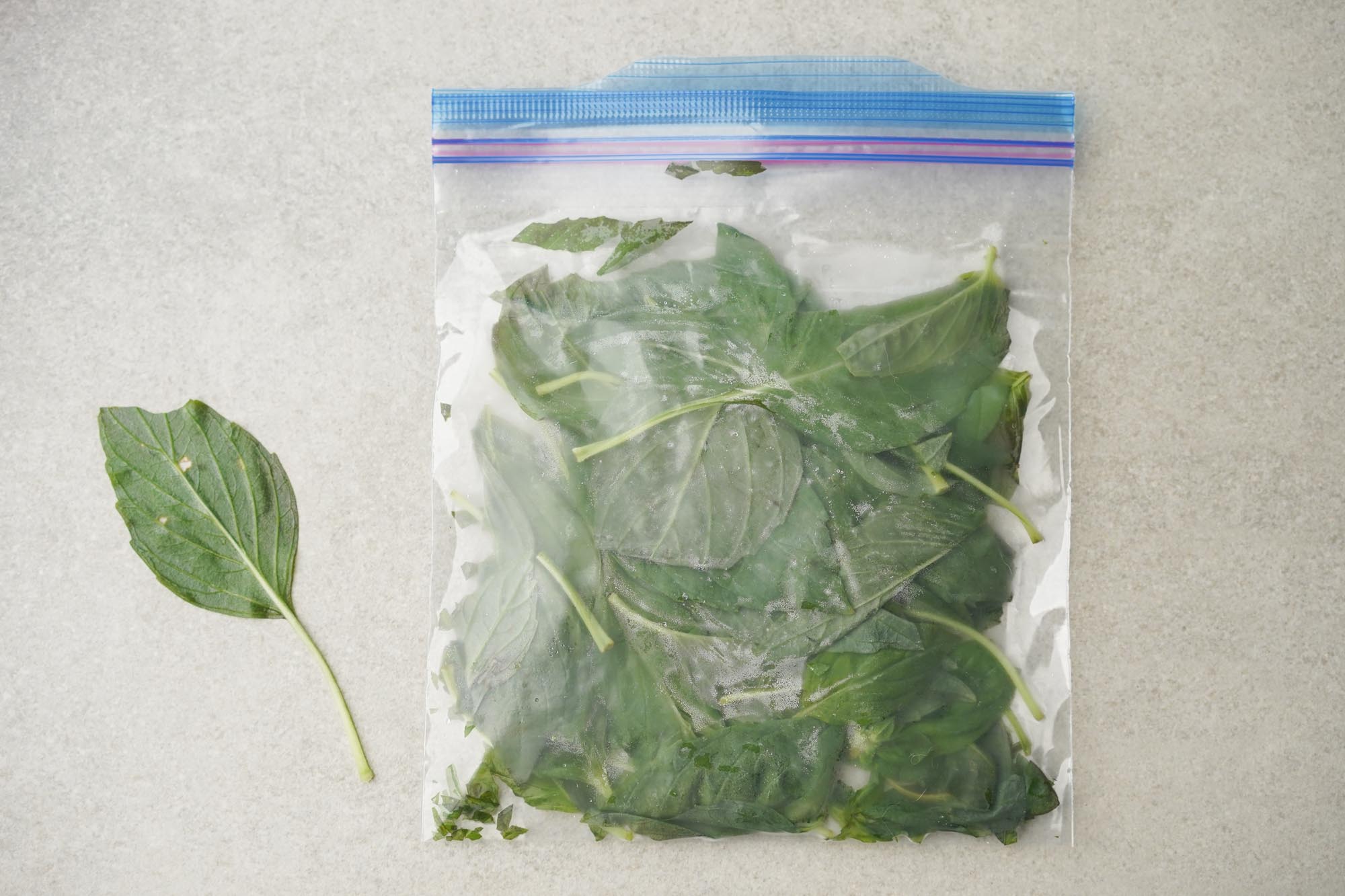
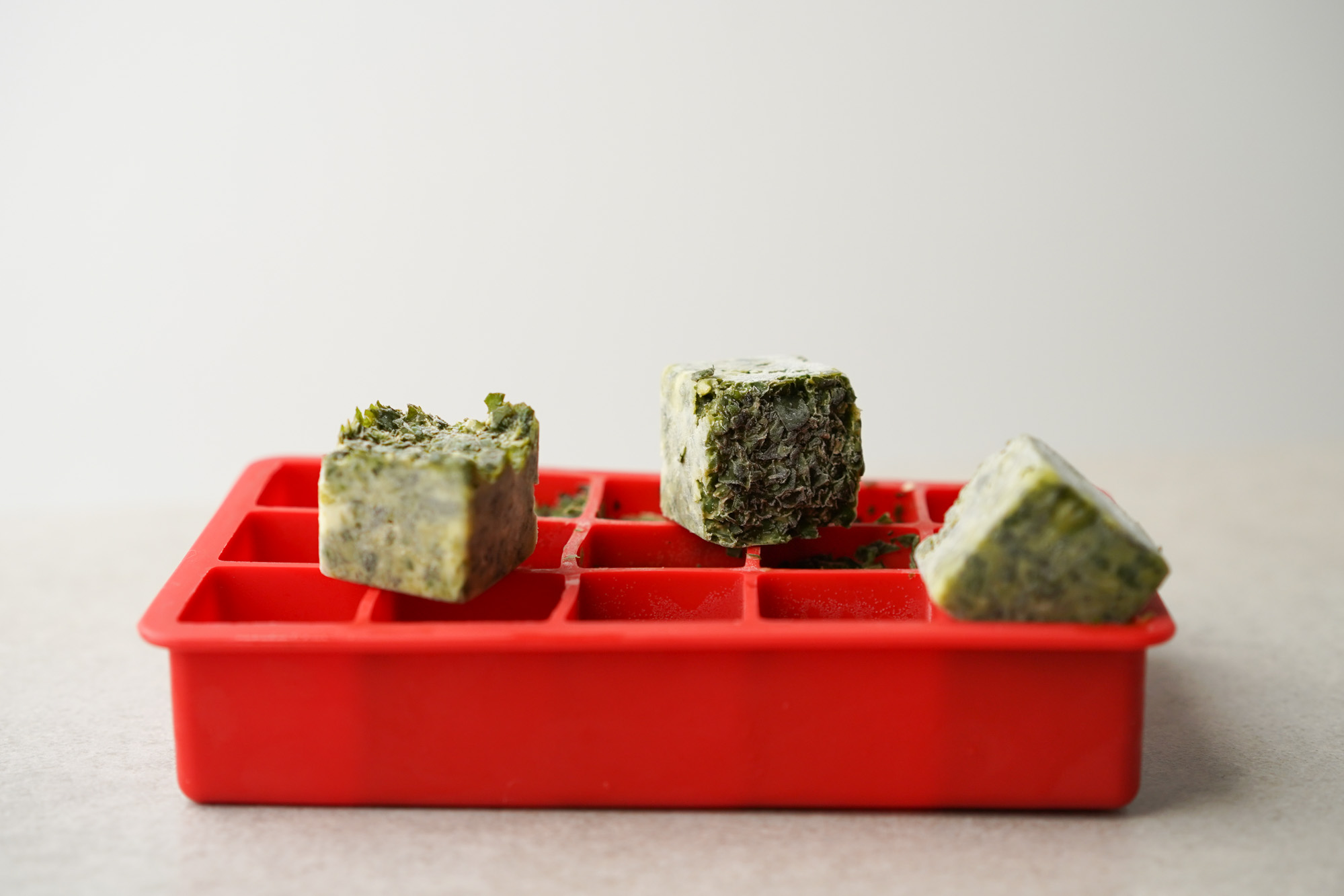

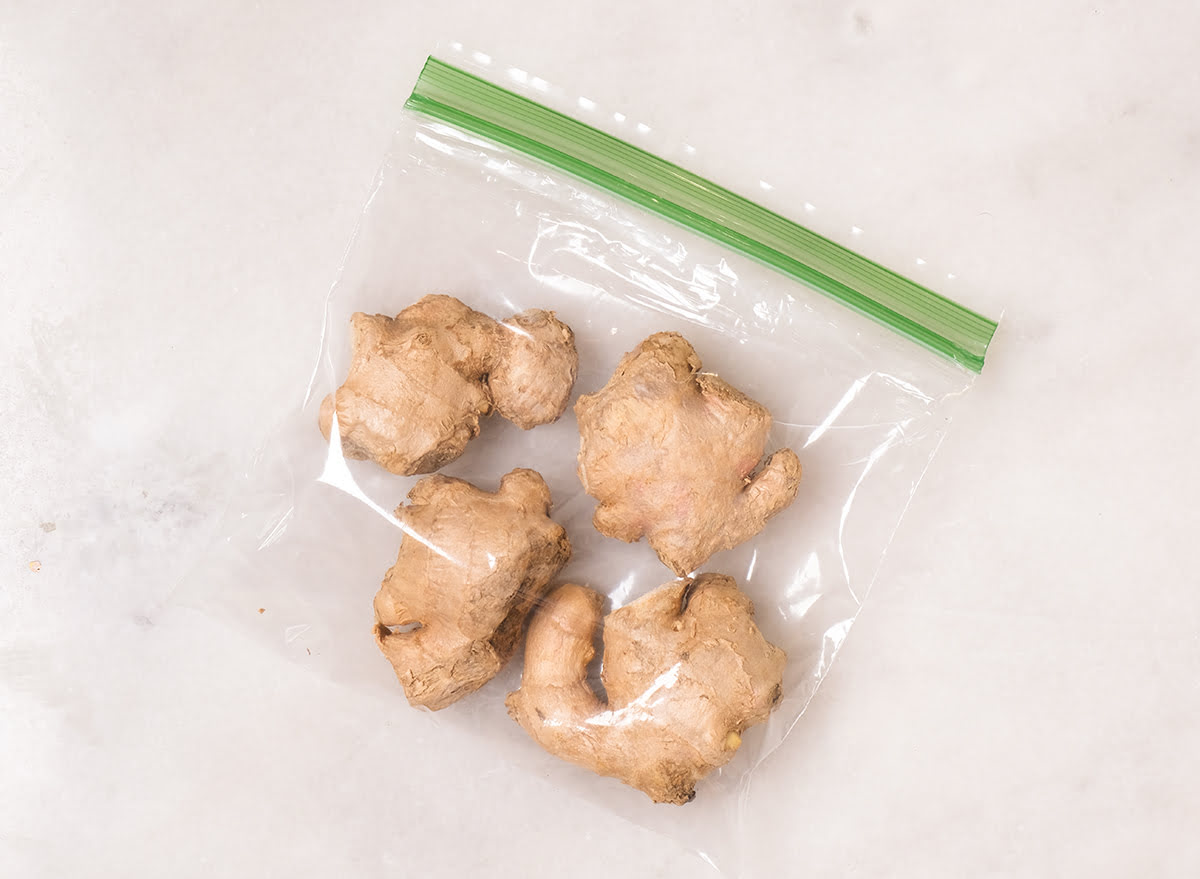
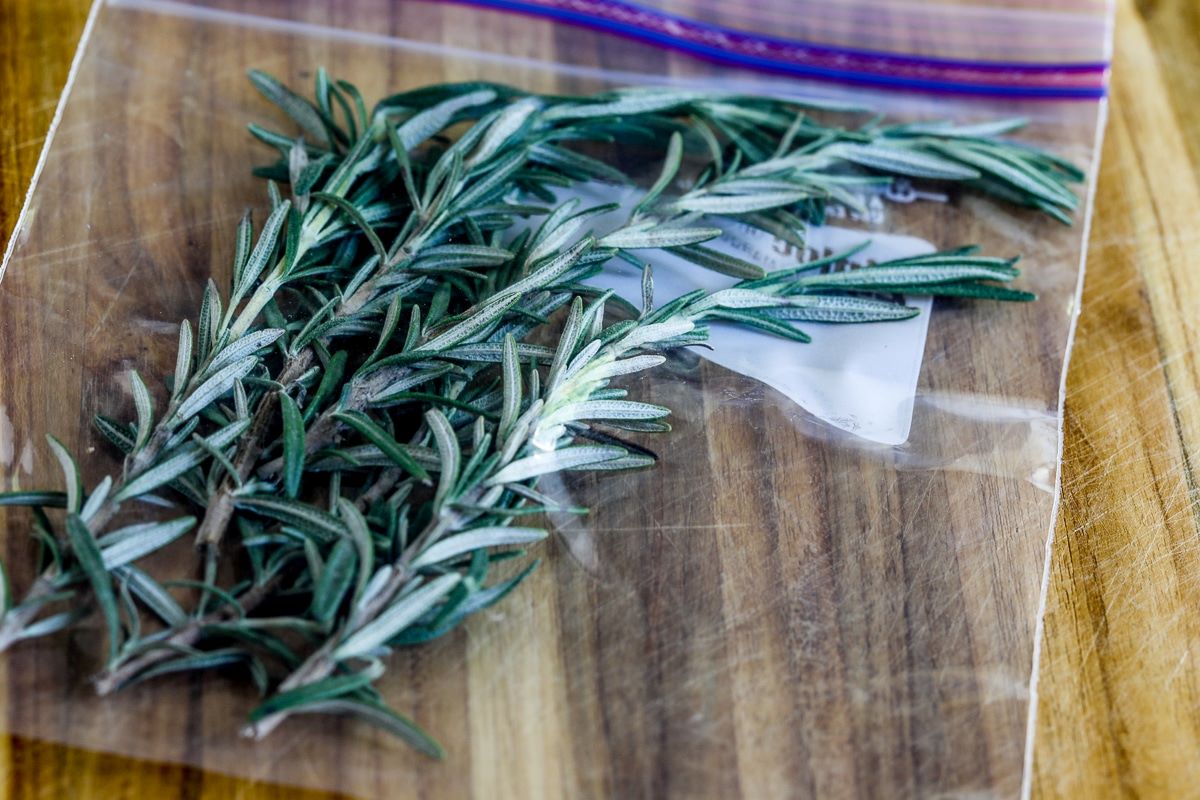
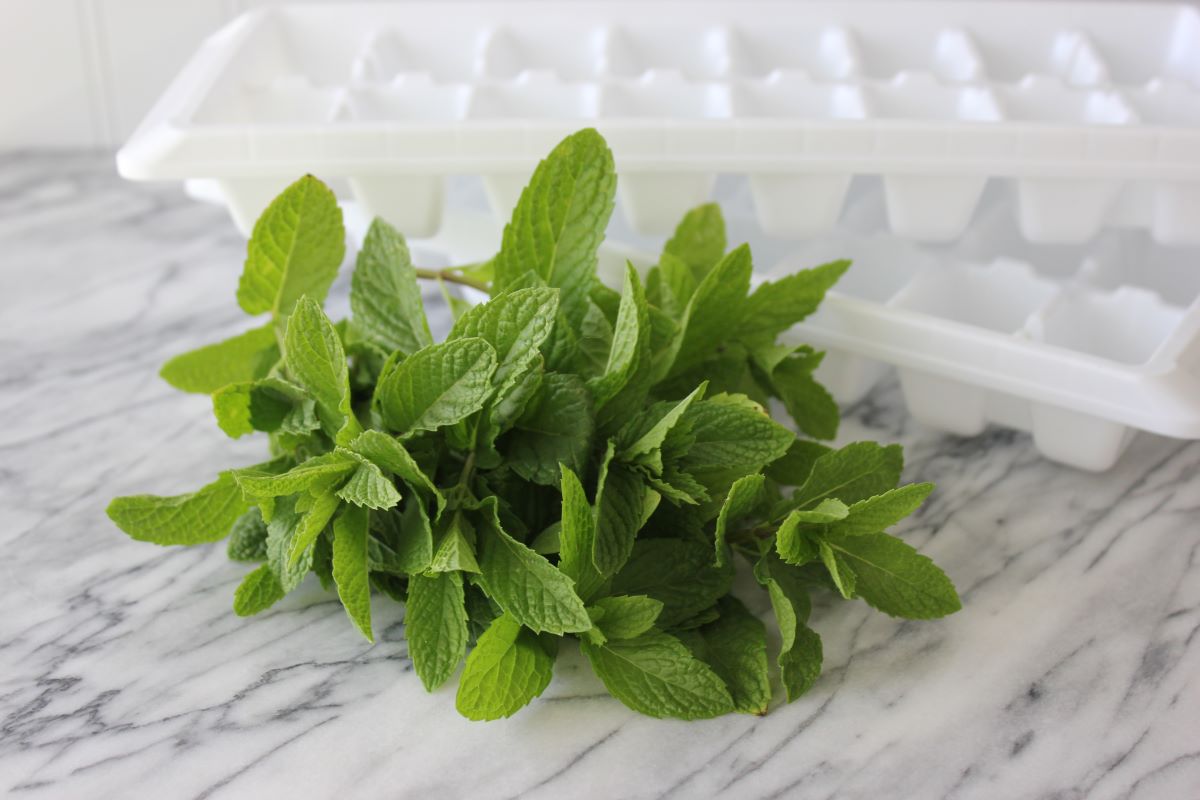
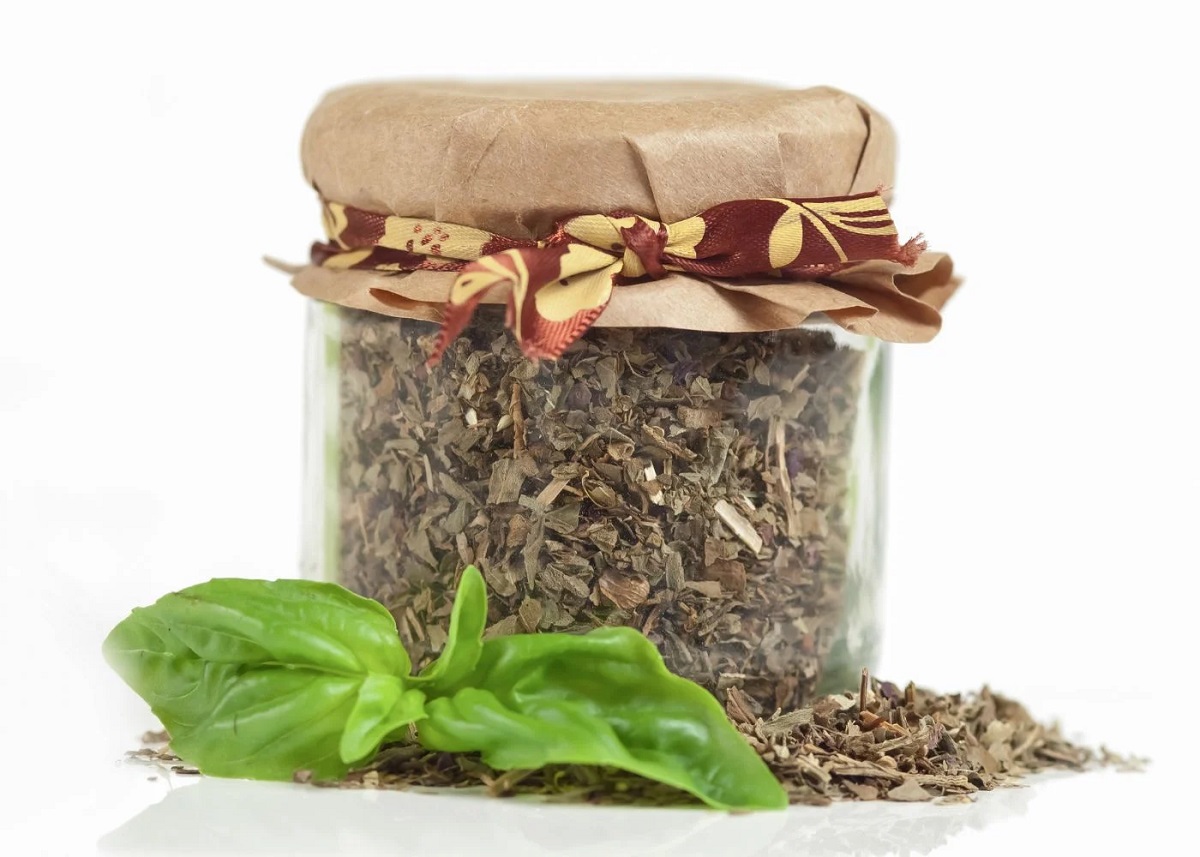
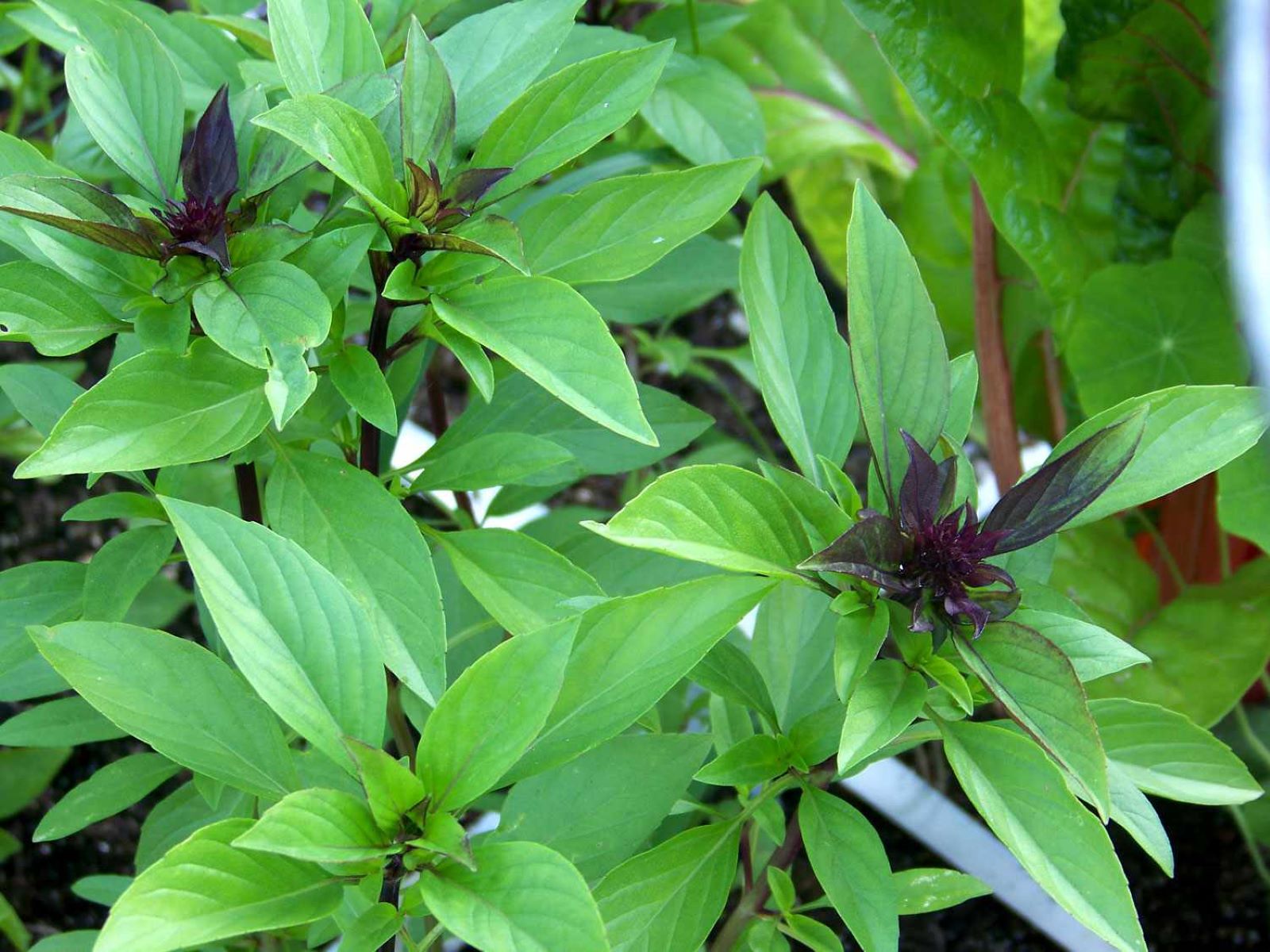
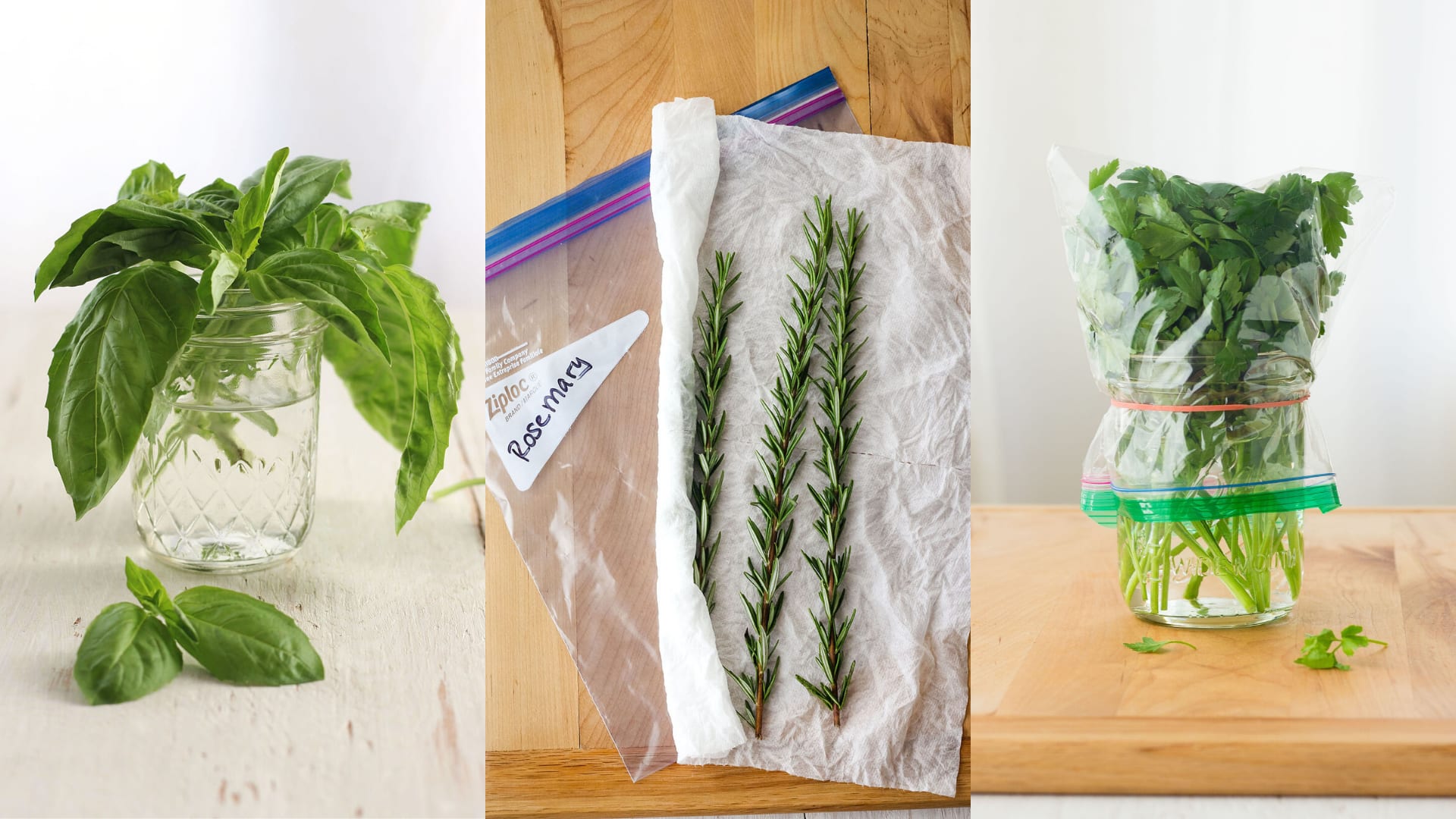
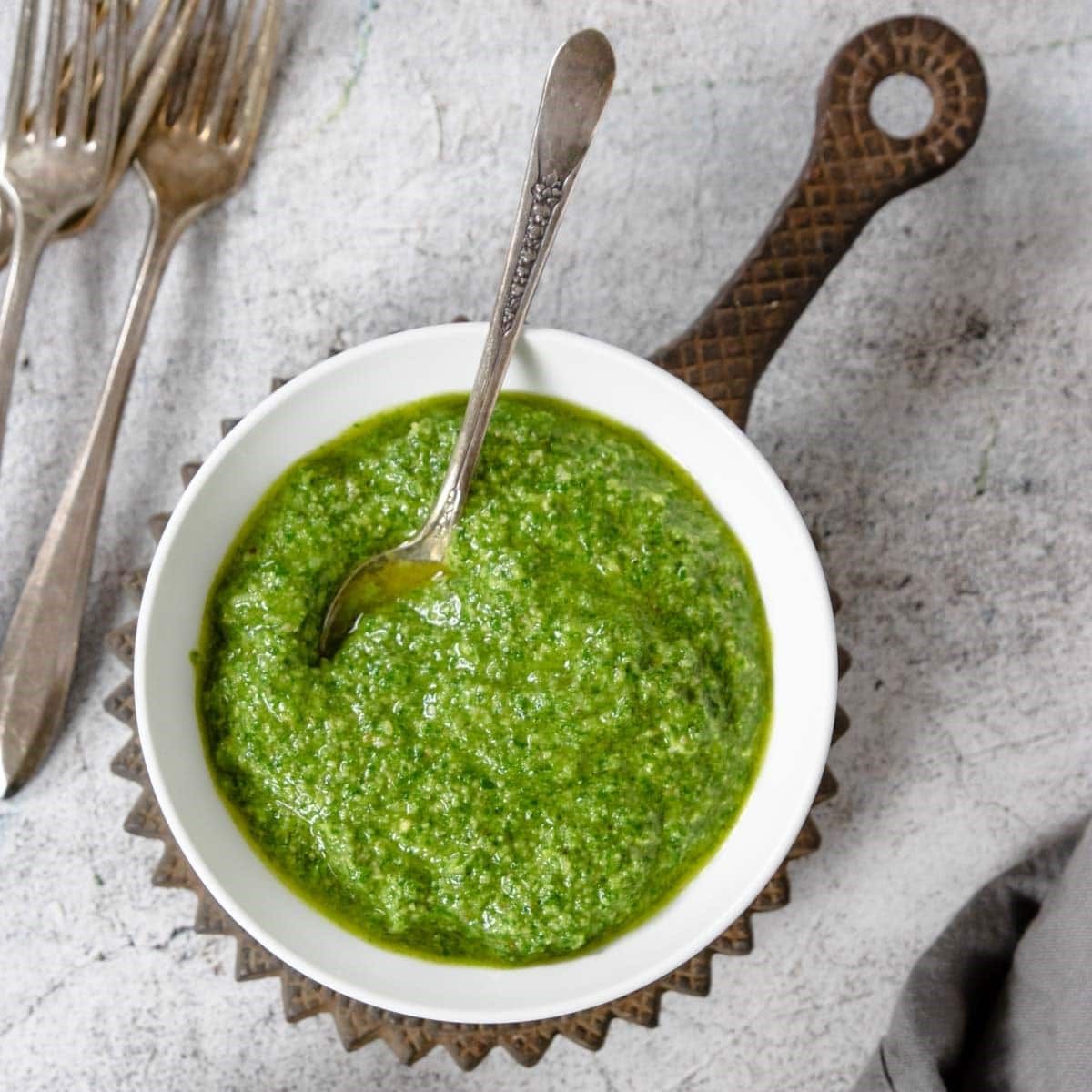


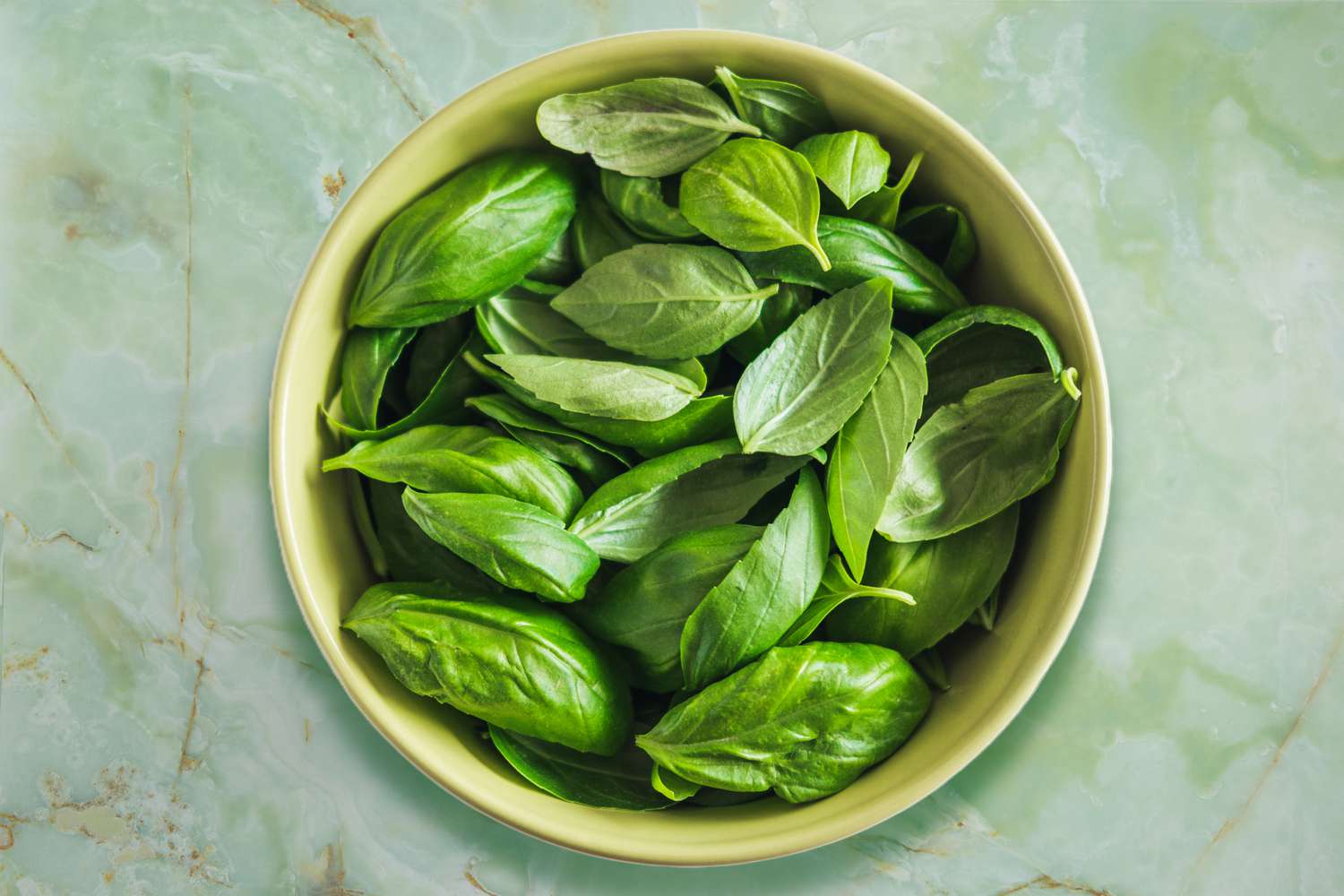
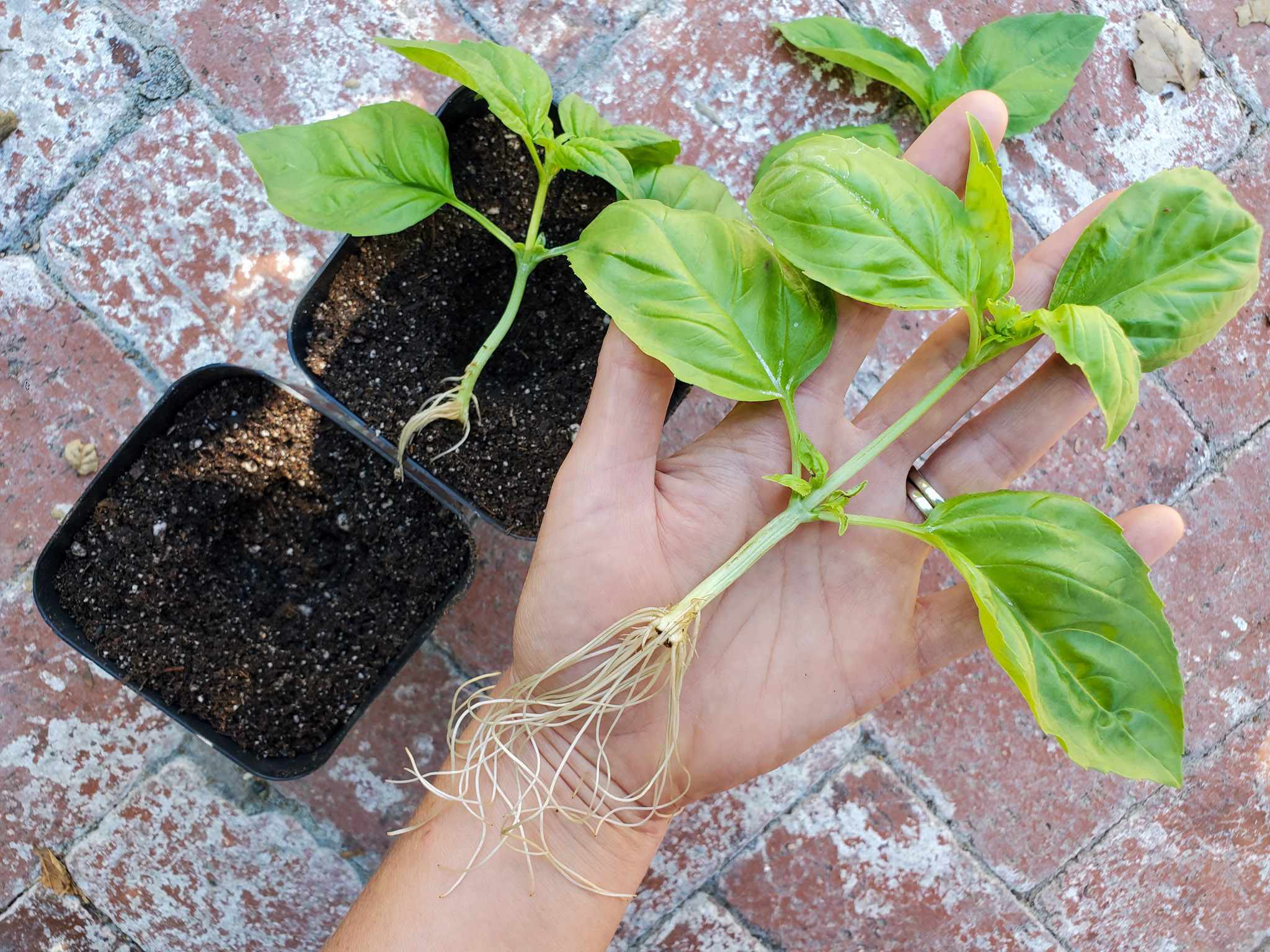

0 thoughts on “How To Store Fresh Basil In The Freezer”